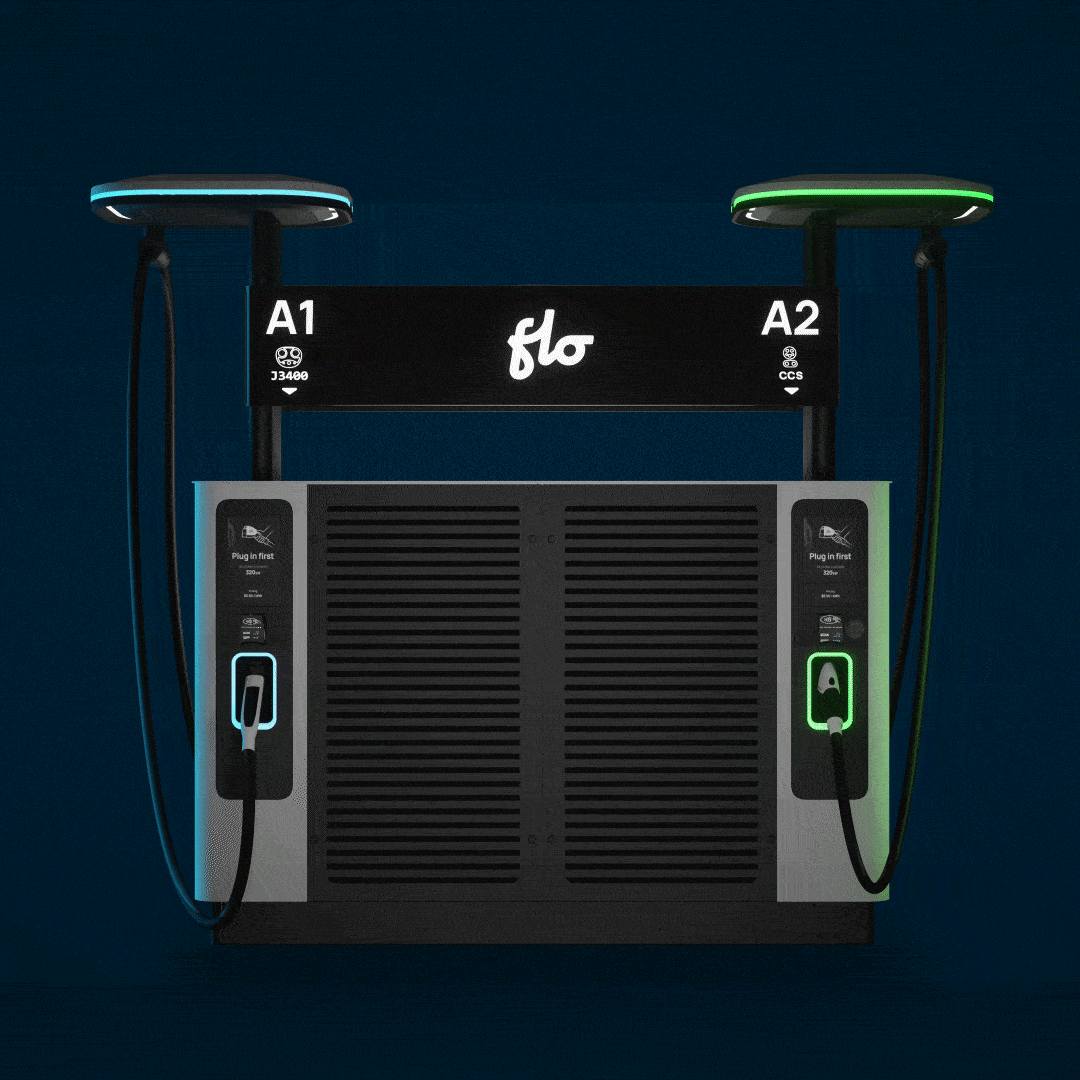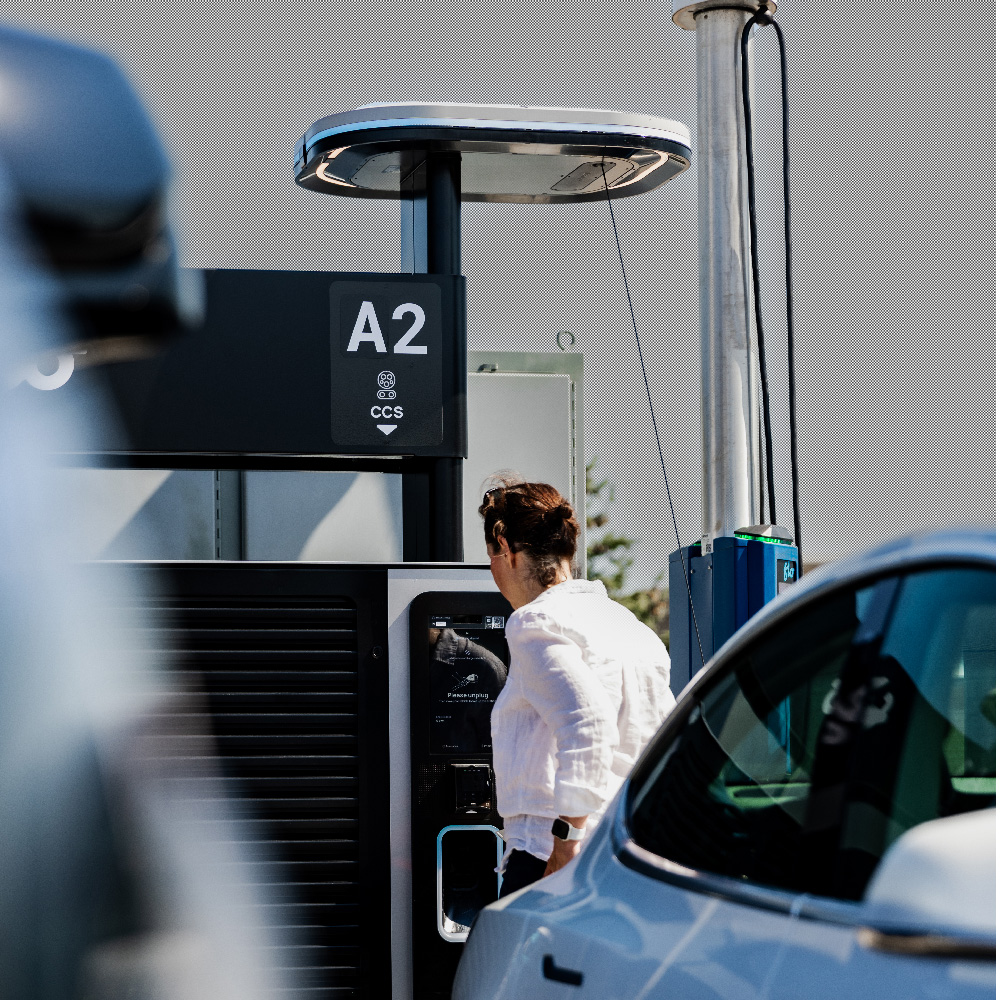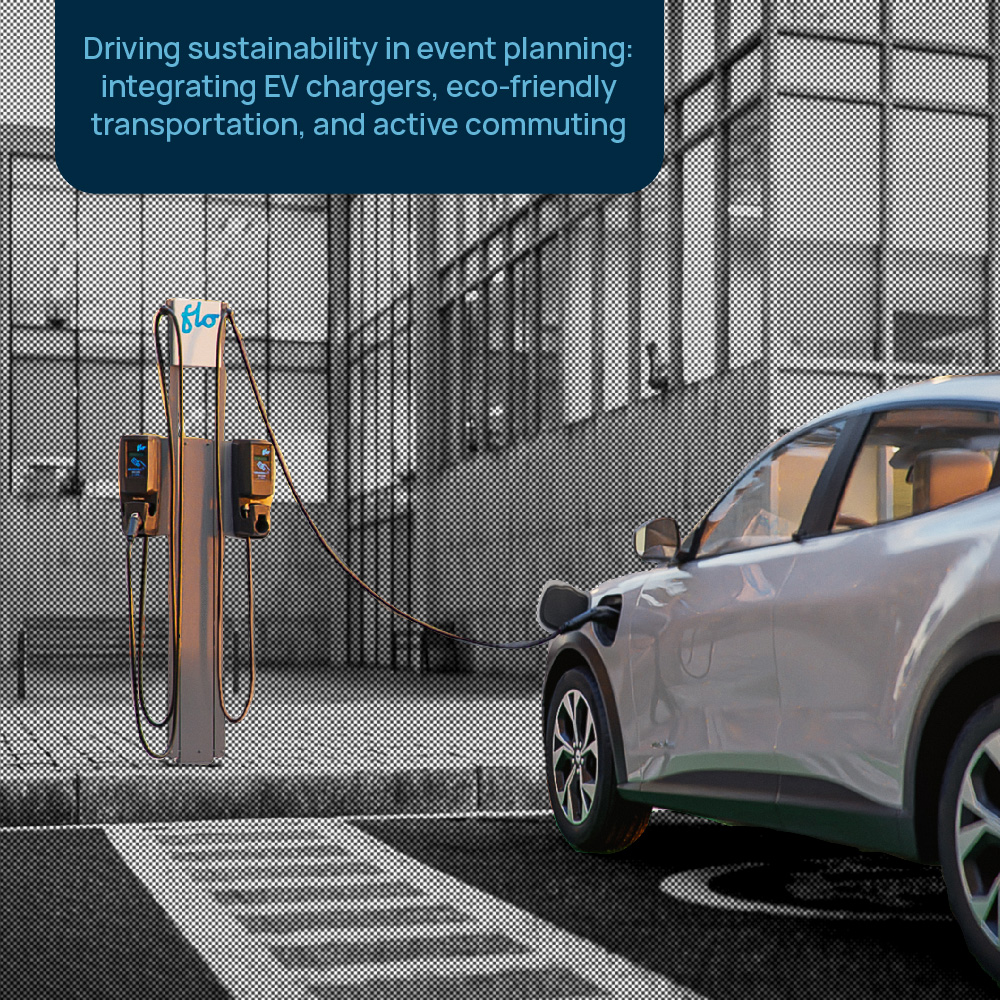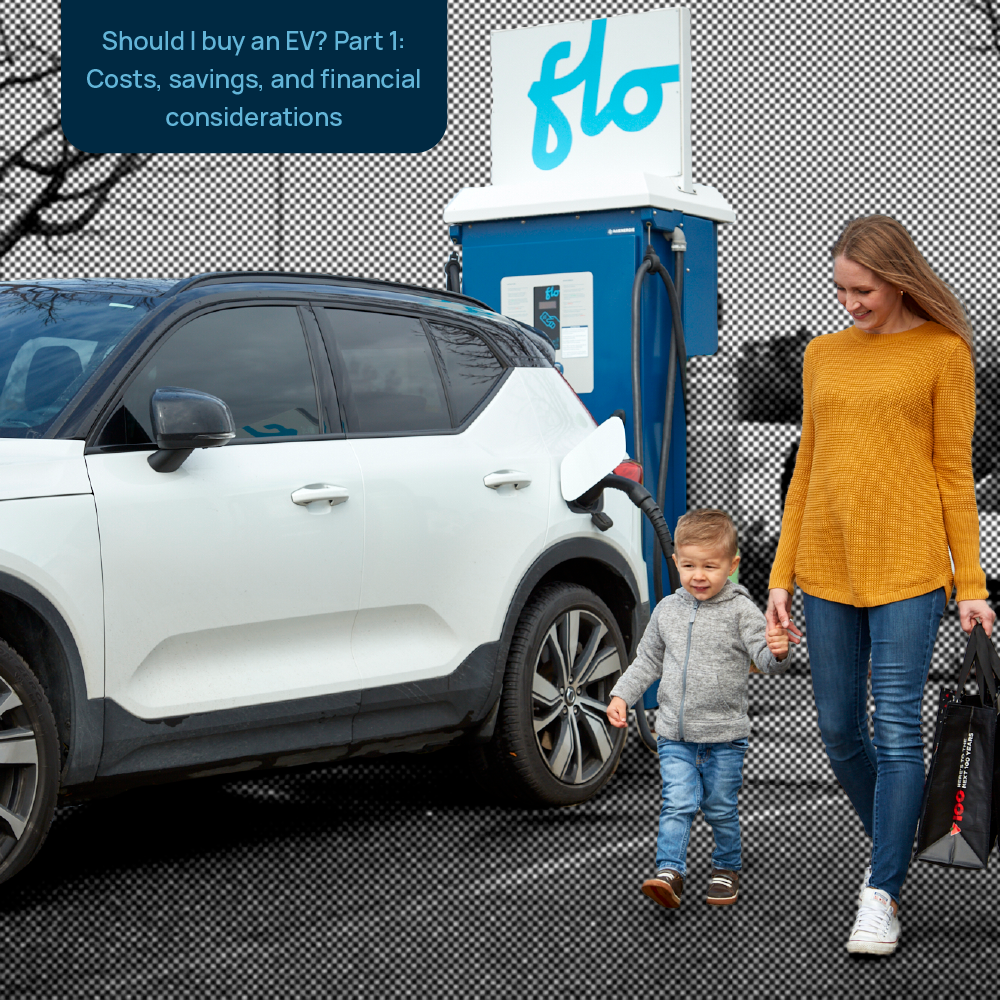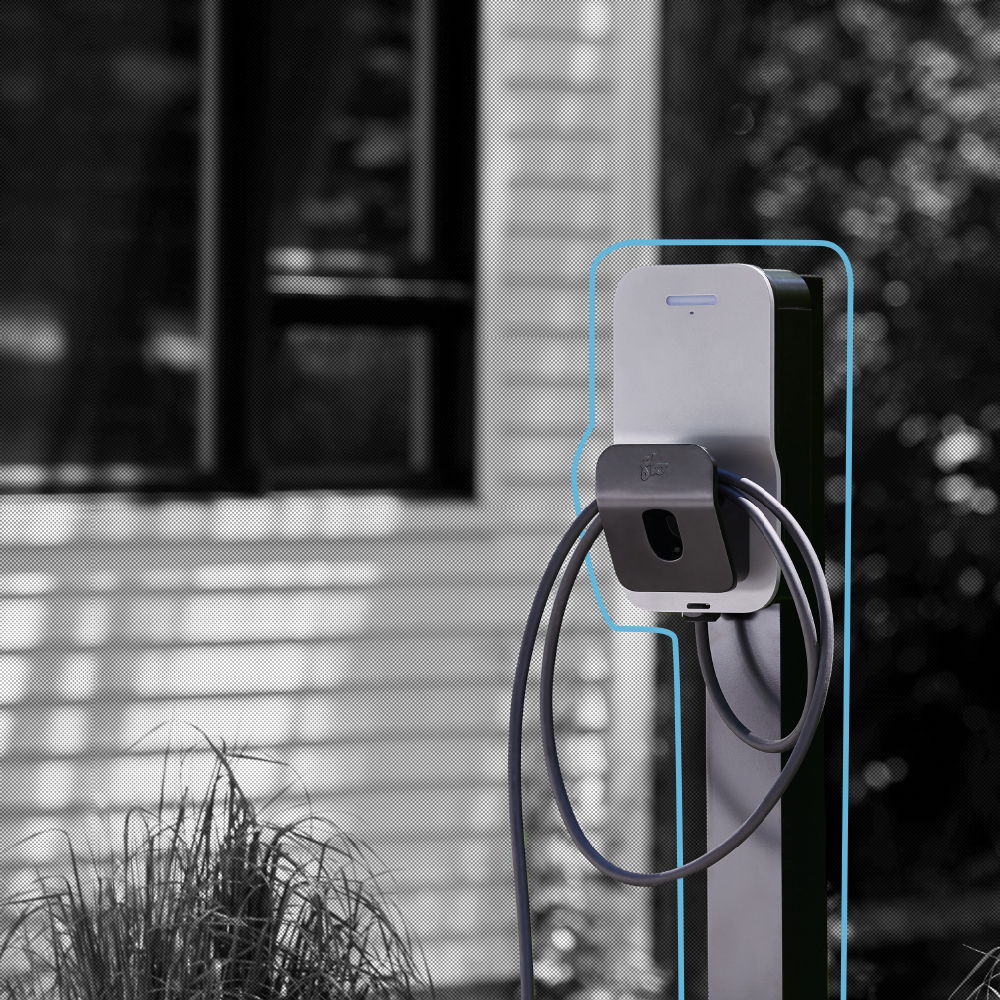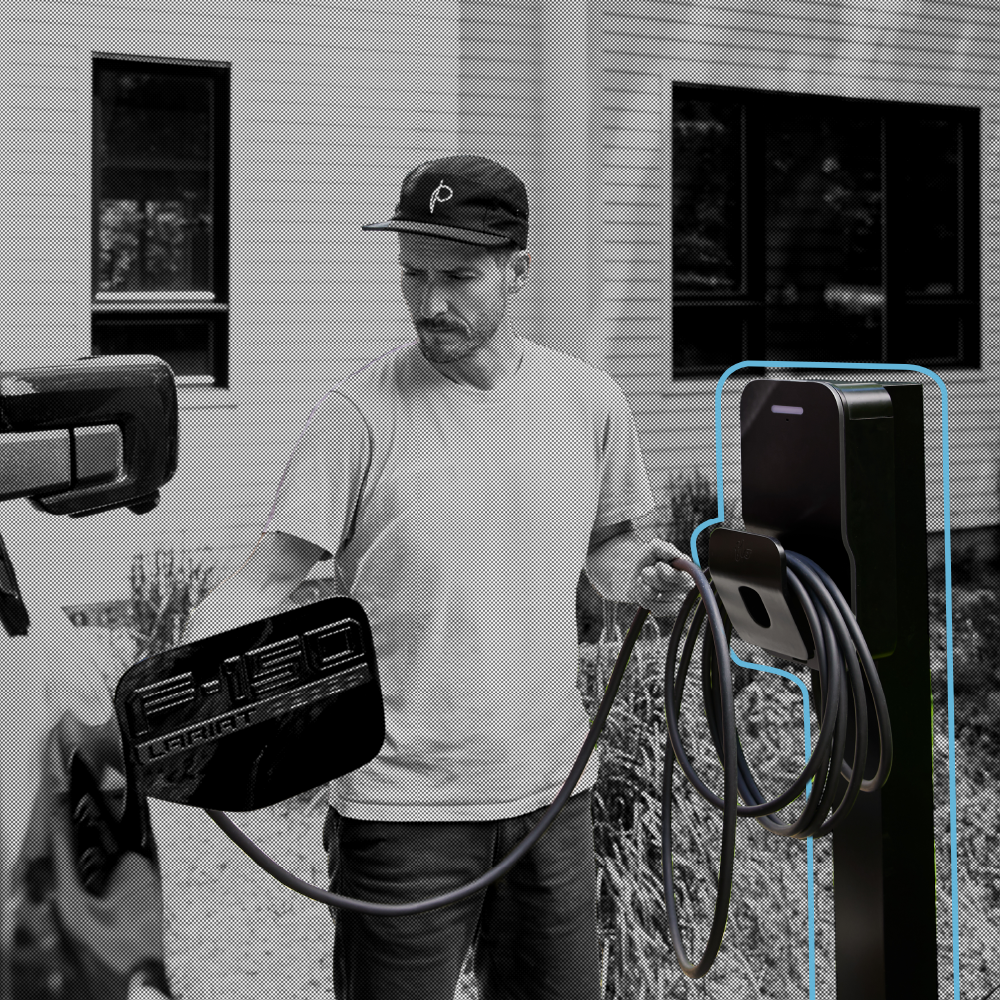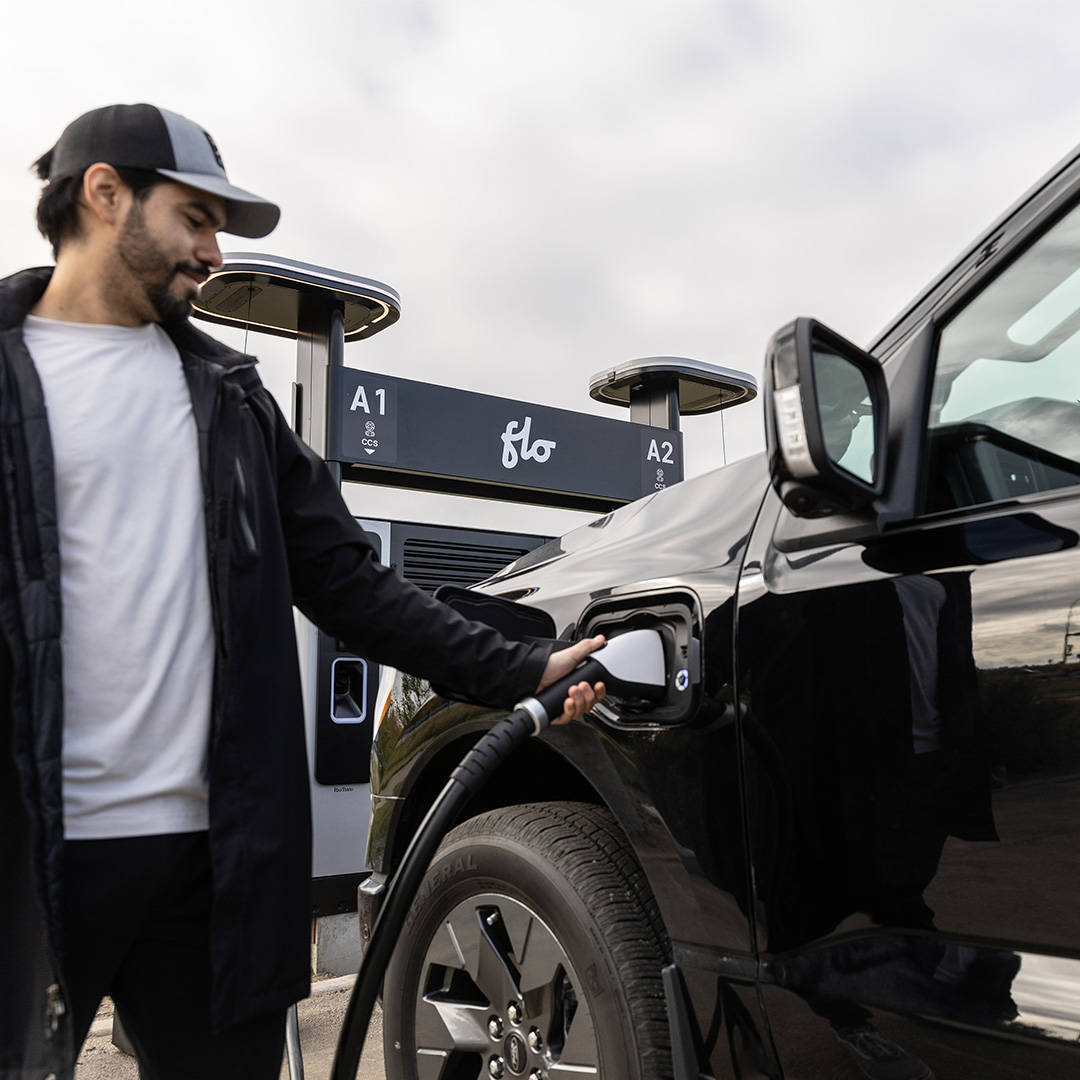Driving progress: The impact of EV charging roaming on consumers and market dynamics
By Cory Bullis, Public Affairs Director, FLO®
In the rapidly evolving world of electric vehicles (EVs), roaming agreements are emerging as a crucial element in boosting consumer interest and ensuring the market’s success. If all major companies have roaming agreements with each other, EV drivers can access a diverse network of charging stations hassle-free, regardless of the company operating them. This ease of use is more than a convenience; it’s a fundamental component to sustainably grow consumer acceptance of EVs.
Unfamiliar with the concept of EV charging roaming? Dive into our previous article for a comprehensive review.
In this article, we will discuss four key factors that highlight how roaming agreements transform the EV charging experience, helping set the stage for a future where electric mobility is not just a viable alternative, but a preferred choice.
EV charging simplified: The road to hassle-free travel
EV roaming agreements simplify drivers’ charging experience. Imagine you are taking a road trip from Sacramento to Los Angeles or having a getaway weekend in Michigan’s Upper Peninsula – you will need to charge your vehicle during your journey, and an EV charging company’s mobile app is the most convenient way to find a station and confirm that it’s available. What if that company does not have any nearby stations that are available?
You might need to download more than one EV charging app to find an available public EV charging station. Consumers could become impatient with these needless extra steps. In today’s world, they have instantaneous access to everything through their phones, hassle free. Mainstream consumers are likely to hold EV charging stations to the same standard of effortlessness as other modern technologies and comforts they rely on for daily needs (e.g., cell phones and ATMs).
Roaming agreements enable drivers to see most if not all publicly available charging stations from a single app – no need to continuously toggle around to find the right one. They also can use an existing account balance to pay for their charging session without setting up a new one.
Driver empowerment: Navigating EV charging apps with freedom of choice
Roaming agreements between networks empower consumers and give them the freedom to use their preferred app. Drivers should not have to sacrifice convenience or functionality to access a company’s charging stations via a proprietary app. If you’re wondering what makes the best EV charging app, just know that it varies from one driver to another, factoring in aspects such as their preferred user interface, how the app communicates information, and additional functionalities that give driver’s more control over their charging experience.
For example, FLO’s EV charging app lets drivers view their charging session status on their phone’s lock screen. Removing the effort to unlock the phone and open the app is a small but important way to simplify the charging experience. This feature is not currently common across apps; a driver may want to enjoy it as much as possible, regardless of the physical station they use. Companies could even potentially offer benefits or discounts to consumers as an incentive to use their app, making the whole experience even better for drivers.
However, without roaming agreements, drivers are potentially trapped in an experience that does not prioritize their interests. How does this impact consumer appeal for EVs?
Read more: How public EV charging stations are powering up communities
Progress driven by choice: Fostering innovation through healthy competition
Roaming agreements increase competition among companies. Why is that a good thing?
Drivers’ ability to choose between apps will challenge companies to continually improve their app experience to maintain customer loyalty. If drivers are forced to use proprietary apps to charge their cars, there is little to no incentive for companies to improve their offerings.
In a market where roaming agreements are the norm, companies will likely find themselves offering new features, improving user interfaces, communicating more effectively, or providing other benefits. Otherwise, they risk losing user traffic. This is a win-win for drivers and companies alike; drivers’ needs are put first, and companies gain a competitive edge by offering the best charging experience possible.
Read more: The EV charging game is all about charging service reliability
Plug & Charge: paving the way for new technologies
Plug & Charge, a revolutionary communication protocol, simplifies the EV charging experience by seamlessly initiating payment transactions between the vehicle and the charging station, minimizing the need for other authentication methods like debit, credit cards, or RFID cards.
Governments are actively driving the adoption of Plug & Charge technology, exemplified by initiatives such as the National EV Infrastructure Program and incentive programs in California and New York. However, when there are numerous charging networks, the challenge lies in ensuring the vehicle knows which payment account to engage with. Without roaming agreements in place, drivers must still juggle multiple apps to select their preferred payment account, undermining the core vision of Plug & Charge –– an automatic and effortless charging experience.
Roaming agreements simplify EV charging, provide drivers with convenient access to diverse charging networks and foster healthy competition among companies. This innovation, combined with technologies like Plug & Charge, holds the key to making electric mobility a preferred choice for consumers. The good news is that widespread roaming agreements are within reach, contingent on companies’ willingness to execute them or, absent that, for policymakers to require them.

